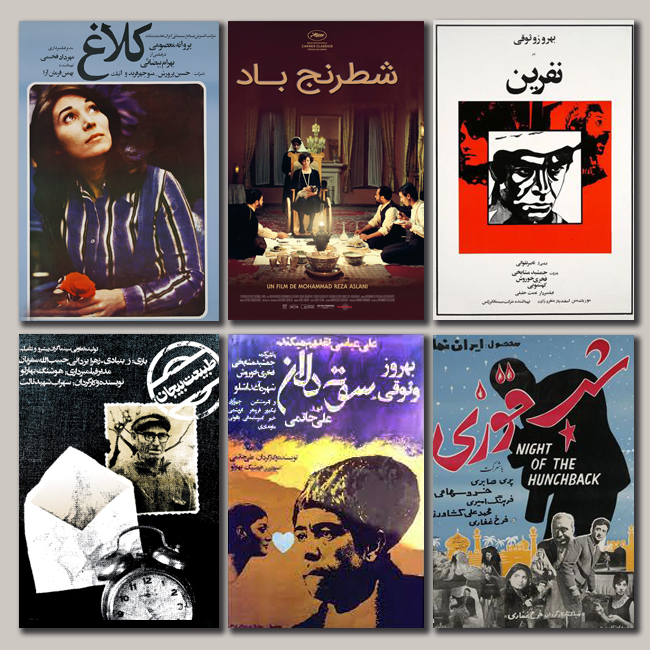

Referred to as the Iranian New Wave Cinema, Sīnamā-yi mawj-i naw is an artistic, intellectual and social movement in Iranian cinema established by filmmakers who responded to the sociopolitical changes of the 1950s and 60s by producing films that deviated from the mainstream Filmfārsī. These pioneering filmmakers had certain things in common, including the fact that many were educated abroad, were extensively involved in film criticism, and displayed a passion for contemporary literature. The new wave of Iranian cinema in the 1950s and 60s had two main components: social realism and artistic expression (usually with a literary backdrop). These components remained in existence after the Islamic Revolution in the works of filmmakers under the influence of the new wave tradition of the 50s and 60s.
The New Wave has three different waves. Known for its originality and political character, the first wave spans from the mid-1960s to 1979, the second one sets in during the beginning of the postrevolutionary era, and the third encompasses the period after 1999. The New Wave’s discourse was formed in relation to personal and national identities of Iranian filmmakers in a broader global context. Filmmakers of the Iranian New Wave include, but are not limited to, Farrukh Ghaffārī, Ibrāhīm Gulistān, Masʻūd Kīmiyāʼī, Dāryūsh Mihrjūyi, Bahrām Bayzāyi, Parvīz Kīmiyāvī, ʿAbbās Kiyārustamī, Muhsin Makhmalbāf, Samīrā Makhmalbāf, Jaʿfar Panāhī, and Aṣghar Farhādī.


